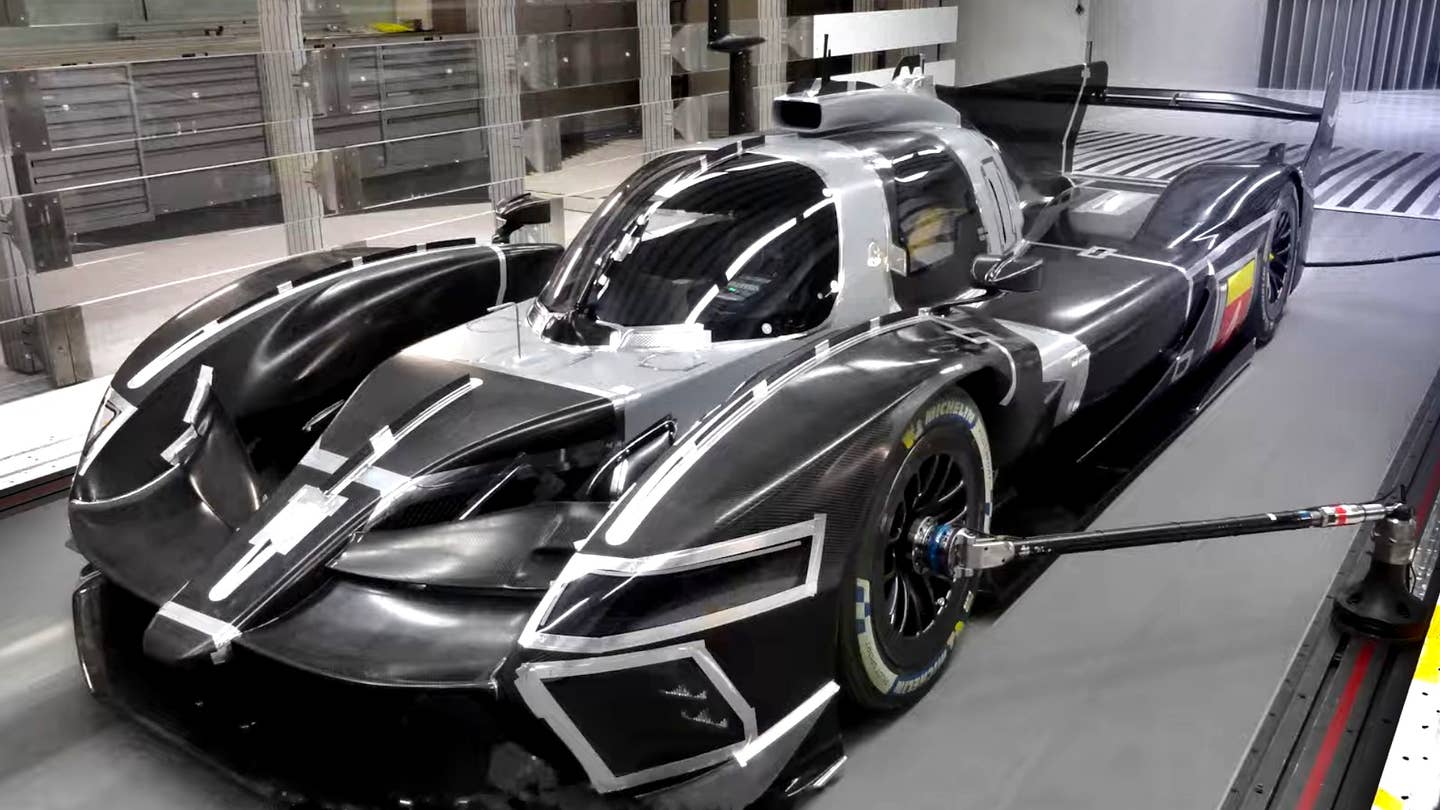Here’s What Race Car Homologation Actually Means
You’ve likely heard the word “homologation” thrown around quite a bit. But what exactly does it mean?

You might have heard of "homologation specials" over the years, or read stories about race cars locked into using certain "homologated parts." Homologation rules are nearly as old as motorsports itself, but if you're not clued in, the FIA is here to help. Here's What Race Car Homologation Actually Means
The racing governing body has posted an explainer video to YouTube, detailing the basics of homologation in motorsport. "By definition, homologation is the process of granting approval by an official authority," states the video, which is as good a place to start as any. Basically, it's the process by which racing cars are approved for competition based on their compliance with the relevant rules of their series.

Stringent homologation processes are key to the viability of the world's most prestigious racing series. Few manufacturers would invest their time and money in events that are perceived to be open to blatant cheating, after all.
As the global authority in motorsports, the FIA is responsible for homologation duties for the world's biggest series. Its remit includes Formula 1, the World Rally Championship (WRC), and the World Endurance Championship (WEC), amongst a cavalcade of others, even down to the top echelon of karting series. Much of the work is undertaken at the FIA's Center of Excellence, located in Valleiry, France.
Depending on the class of cars, homologation can be incredibly precise and intense. The FIA undertakes everything from wind tunnel tests, 3D scans, flexure tests on aerodynamic components, and dimensional comparisons to ensure that production-based cars stay true to their road-going brethren. In the latter case, when a series demands a race car be based on a production vehicle, that's where we get homologation specials from. Famous examples include the Toyota GR Yaris and the Ford RS200 Evolution.
In series like WEC, the homologation process also plays a big role in making Balance of Performance calculations. 3D scans are used to run simulations, while wind tunnel data is also used to determine the aerodynamic performance of the cars. Center of gravity measurements are also taken to allow the series to find an initial starting point for Balance of Performance measures, where cars have their weight and power levels adjusted to even out the competition.
It's a big job, and not exactly a glamorous one, but it's necessary to ensure modern motorsports are a level playing field. While some will yearn for the bad old days when cheating reigned and the rulebook was more of a guide, most of the establishment is happier with the modern way of doing things.
Got a tip? Let the author know: lewin@thedrive.com
